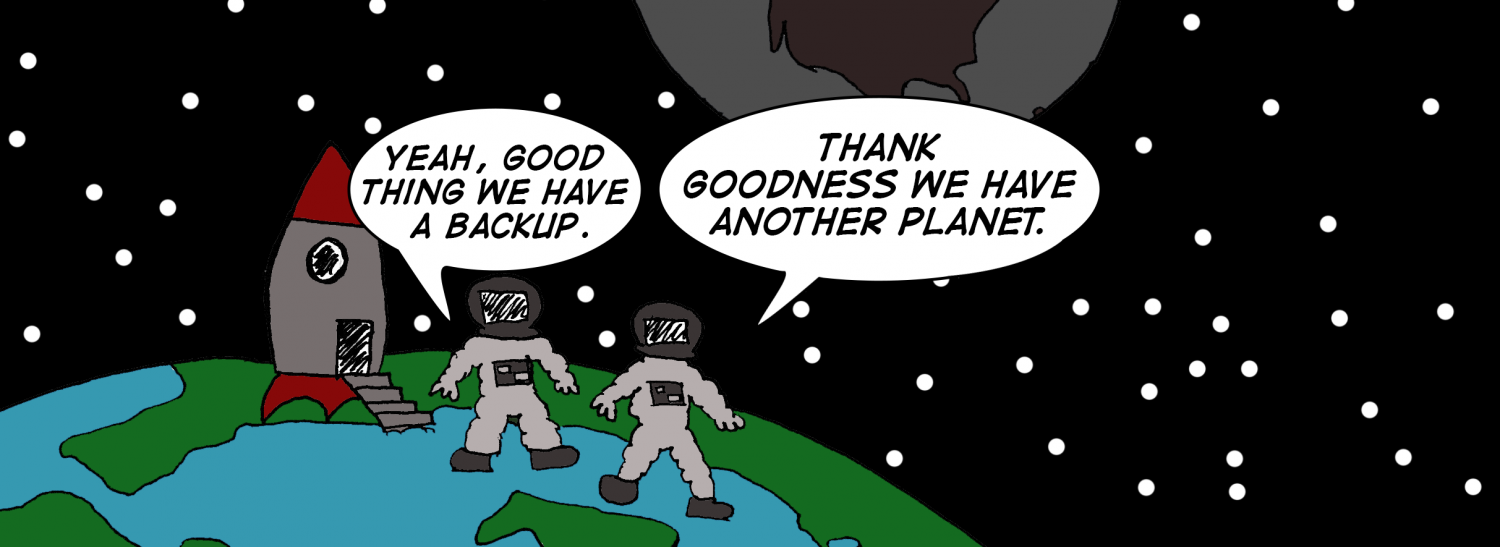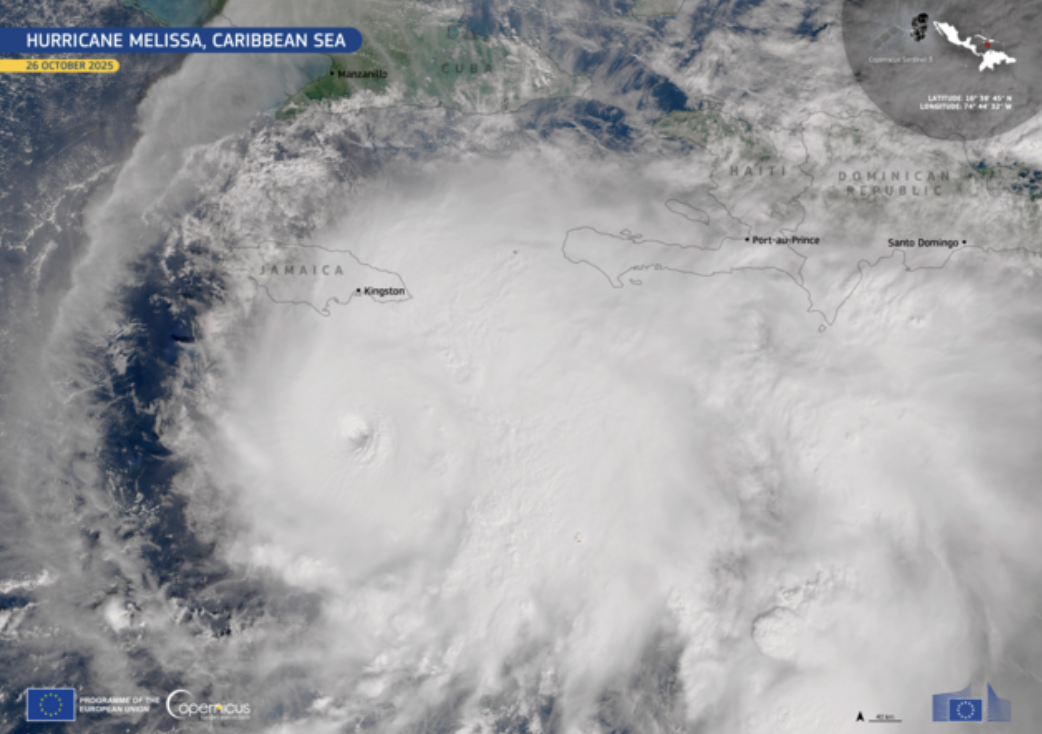‘Plan’eting for the future
New-found planets raise questions about the treatment of Earth
March 9, 2017
Scientists discovered at least seven new Earth-like planets in the TRAPPIST-1 solar system on Feb. 25, prompting public excitement about the possibilities of life beyond Earth.
Unfortunately, humans have a less-than-stellar reputation for environmental awareness, and ethical questions must be raised about our right to expand to other planets.
The rocky planets orbit the dwarf star, with three of them being in a habitable zone — a term coined for areas where liquid water can be found. Scientists are currently assessing whether or not these planets could be habitable for humans.
The discovery could be significant in finding places conducive to supporting life and potentially finding other life forms, according to Thomas Zurbuchen, associate administrator of NASA’s Science Mission Directorate.
The newly discovered planets are 40 light-years away, possessing a travel time of 11,250 years with current technology.
A recently discovered Interplanetary Superhighway, conceived by scientist Martin Lo, could simplify space travel by using a planet’s gravity to propel a spaceship, a process which would ideally require no fuel — allowing for longer trips through space and subsequently making the journey to the TRAPPIST-1 system more plausible.
While these discoveries and innovations are important, science fiction narratives warn about the dangers of interplanetary travel and colonization.
In the short story collection “The Martian Chronicles,” author Ray Bradbury writes about the colonization of Mars and the eventual extinction of the Martian race due to human interference.
From history, we can observe the devastation colonization has on native populations, and must therefore question if humans deserve a second chance, as we face the potential to endanger any native inhabitants.
Dozens of Earth species go extinct daily as scientists estimate the extinction rate has escalated to 1,000 to 10,000 times its usual rate. Thirty to 50 percent of all species could also be extinct by mid-century, according to the Center for Biological Diversity.
Biodiversity has declined more than 25 percent in the last 35 years, according to the World Wide Fund for Nature.
Human causes for extinction in animal populations include human population increase, pollution, global warming and loss of habitats. The ocean absorbed more carbon dioxide with the increase of greenhouse gases caused by burning fossil fuels — leading to the acidification of oceans. Decreasing pH levels are causing the destruction of coral reefs, leading to the extinction of custrations, seaweed, fish and other animals in the ecosystem.
The rise in human population similarly causes natural habitat destruction which can be the culprit for extinction through the need to expand. As more children are born, more houses will need to be built as time progresses, infringing on local animals habitats and causing them to lose their ecosystem.
We must be more considerate of our planet and the effects our actions have on the environment around us for the continuation and survival of the human race.
The discovery of new habitable zones offers an opportunity for humans to reevaluate their mistakes on Earth. If we are to move, then it is necessary we stop history from repeating itself.










